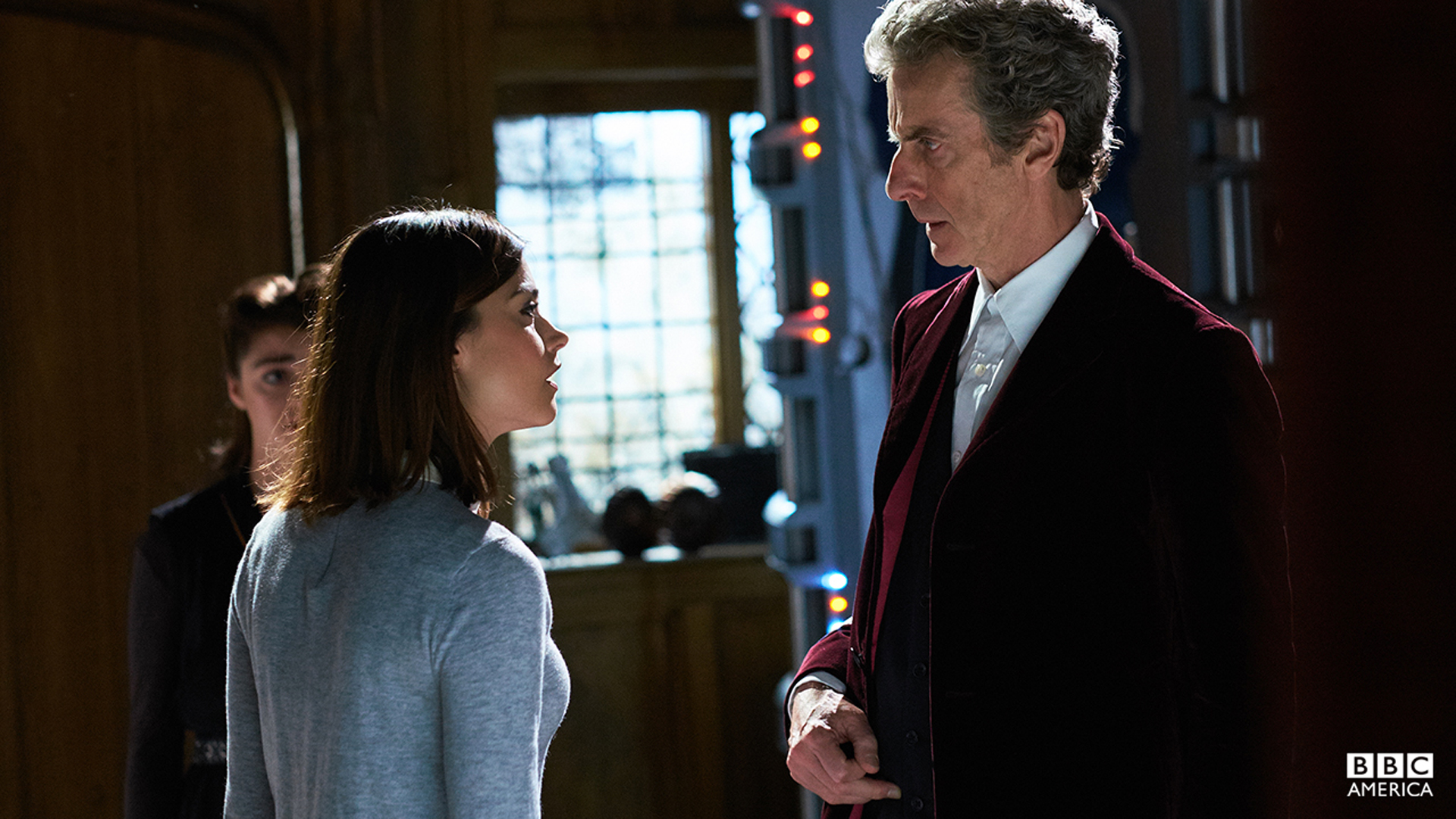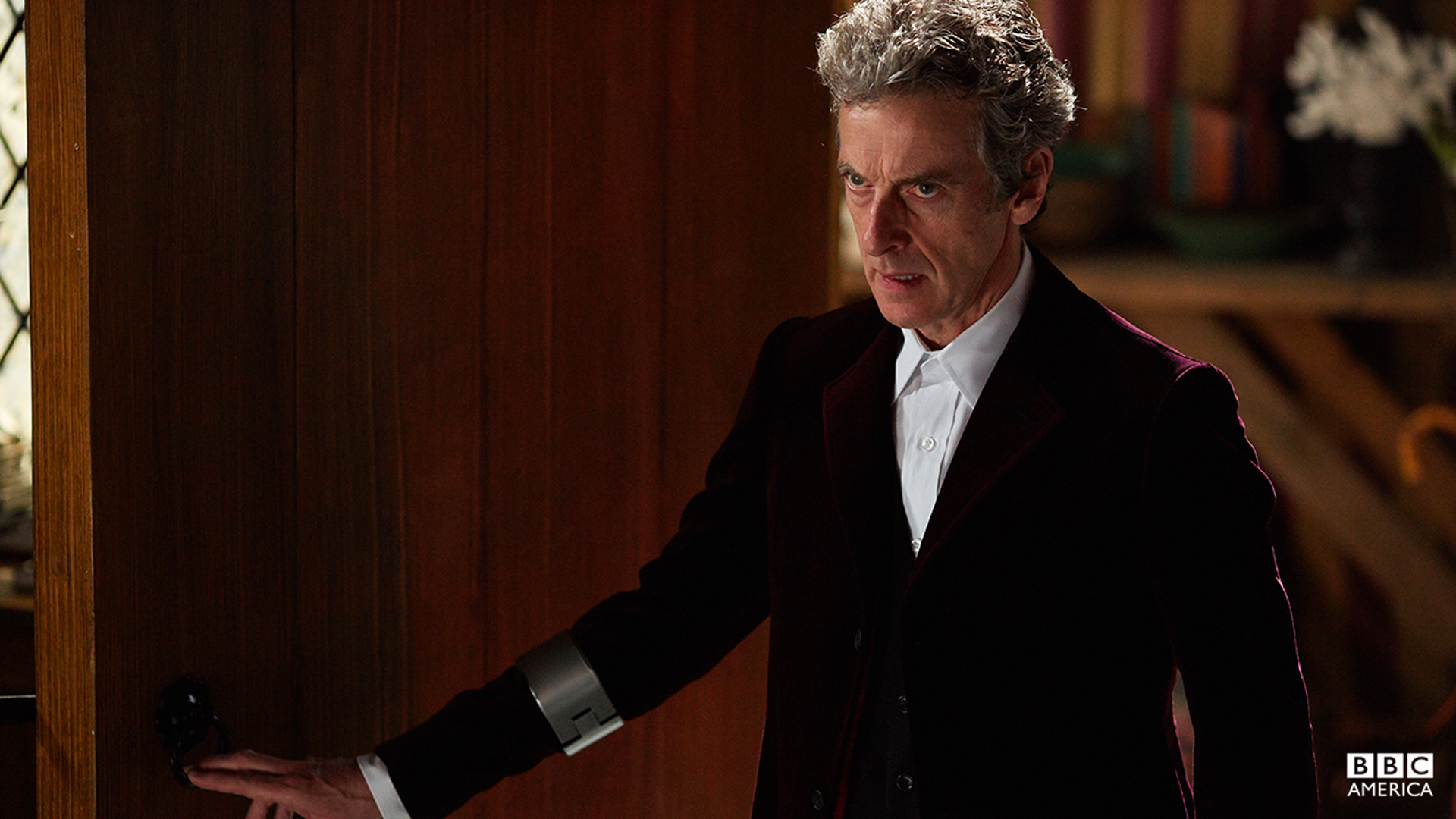'Doctor Who': 10 Things You May Not Know About 'Face the Raven'
Ashildr and Rigsy may be back in the Doctor and Clara's lives, but there's no time for any kind of friendly reunion. And bad things are on their way.
Here are some of the various references and undercurrents hidden in "Face the Raven" that you may have missed while crossing your fingers and hoping that the Doctor manages to come up with a last minute plan to save the day, one more time:
Ravens and their cousins crows have long been intimately associated with both death and the supernatural. There's Edgar Allan Poe's poem "The Raven," in which a grieving man is haunted by a raven repeating the word "nevermore" at him; there are the ravens at the Tower of London, of which it is said that the Tower would fall if they ever left (and Kate Stewart referred to as needing fresh batteries in "The Day of the Doctor"). The Fourth Doctor encountered Cessair, who impersonated the genuine druidic goddess Cailleach, and had several ravens that flocked to the TARDIS ("The Stones of Blood").
The brothers Grimm collected a story called "The Raven," in which a princess is transformed into a raven by her mother, and sent out to live in a forest (it ends well, mind you). And of course there's The Crow, the graphic novel in which a young man, murdered by a gang who also killed his girlfriend, returns from the dead to avenge her memory.
Once again the Doctor finds himself on the verge of wedlock at the start of this story. As well as the four marriages mentioned by Clara in "Dark Water"—a tally that must surely include Queen Elizabeth I ("The Day of the Doctor"), River Song ("The Wedding of River Song"), and Marilyn Monroe ("A Christmas Carol")—the First Doctor also found himself engaged to newfound friend Cameca in "The Aztecs," having been unaware of their tradition that a drink of cocoa constituted a proposal. Here's the happy couple, discussing science:
https://www.youtube.com/watch?v=VdJvx6jsELE
This may well be part of the root of the Tenth Doctor's rueful quote: "I'm rubbish at weddings, especially my own" ("Blink").
Clara once again hints at a very close relationship with Jane Austen. Having already stated that the author of Pride and Prejudice was a "phenomenal kisser" ("The Magician's Apprentice") and bickered with the Doctor about key details of her life and work ("The Caretaker"), she concludes that she loves her and tells Rigsy to take that any way he likes.
The Doctor has a habit of setting his friends tasks in the TARDIS and not explaining when they are finished. Rigsy continuing to stand stock still long after he has been scanned—having been warned by the Doctor that he may lose his extremities if he moves—has a faint echo in this moment between the Fourth Doctor and Leela (which also features the Doctor's yo-yo):
https://www.youtube.com/watch?v=pvnKXOGYKM8
Trap streets are a very real phenomenon, or at least, the act of deliberately tweaking a map so that it's possible to tell if it has been illegally copied is real (although denied by most reputable cartographers). And the geographical phenomenon depicted are not all streets. Actually a trap street could just as easily be anything from the mislabeled height of a mountain to a made-up town. Open Street Map's own wiki has pulled together information about them—although they prefer the term copyright easter eggs—citing the non-existence of one Lye Close (geddit?) in a Bristol A-Z as a good example.
Clara refers to the Doctor's "reign of terror" ending in the face of the first crying child. While we know from watching him in action that this is almost certainly the case, the phrase itself refers to a historical era in revolutionary France. From September 5, 1793 until July 28 1794, tens of thousands of people were summarily executed for being "enemies of the revolution." 16,594 met their deaths by guillotine alone, including King Louis XVI and Marie Antoinette. The period ended with a coup, known as the Thermidorian Reaction, after which several of the Reign of Terror's architects—including Robespierre—were themselves beheaded. And even though it's a commonly used phrase nowadays, it will have had a special resonance, as the First Doctor visited that era in a story also entitled "The Reign of Terror" in 1964.

Then there's her wish that the Doctor use his healing powers on himself, in an echo of the phrase "Physician, heal thyself," that was also used by the Eighth Doctor in his regeneration tale "The Night of the Doctor," after which he becomes the War Doctor. It's taken from the New Testament in the King James Bible. Specifically, Luke 4:23:
"And he said unto them, Ye will surely say unto me this proverb, Physician, heal thyself: whatsoever we have heard done in Capernaum, do also here in thy country."
Torchwood fans will of course recognize retcon as the memory-wiping drug used by Captain Jack Harkness and his team in order to maintain their organization's total secrecy. And, as Rigsy and several of Torchwood's retconned subjects have discovered, it is by no means foolproof.

Many of the Doctor's companions end their time in the TARDIS in upsetting circumstances: Donna's memory was wiped, which also happened to both Jamie and Zoe; Amy and Rory were sent back in time and lost contact with both the Doctor and their families and friends; Rose was exiled to a parallel dimension. However it's relatively rare for them to die. Adric, who traveled with the Fourth and Fifth Doctor, crashed into prehistoric Earth in a spaceship (in "Earthshock"), and the First Doctor's new found friends Katarina and Sara Kingdom were victims of "The Daleks' Master Plan."
In a moment of beautiful synchronicity (and wordplay), the Clara that we first meet (called Oswin) dies in what the Daleks call an asylum because it houses Daleks who have become mentally unstable. The final Clara we meet dies in a place that provides asylum: a safe place for refugees.
NEXT: 10 Things You May Not Know About ‘Heaven Sent’
Now go back and read the entire 10 Things You May Not Know About Doctor Who archive.